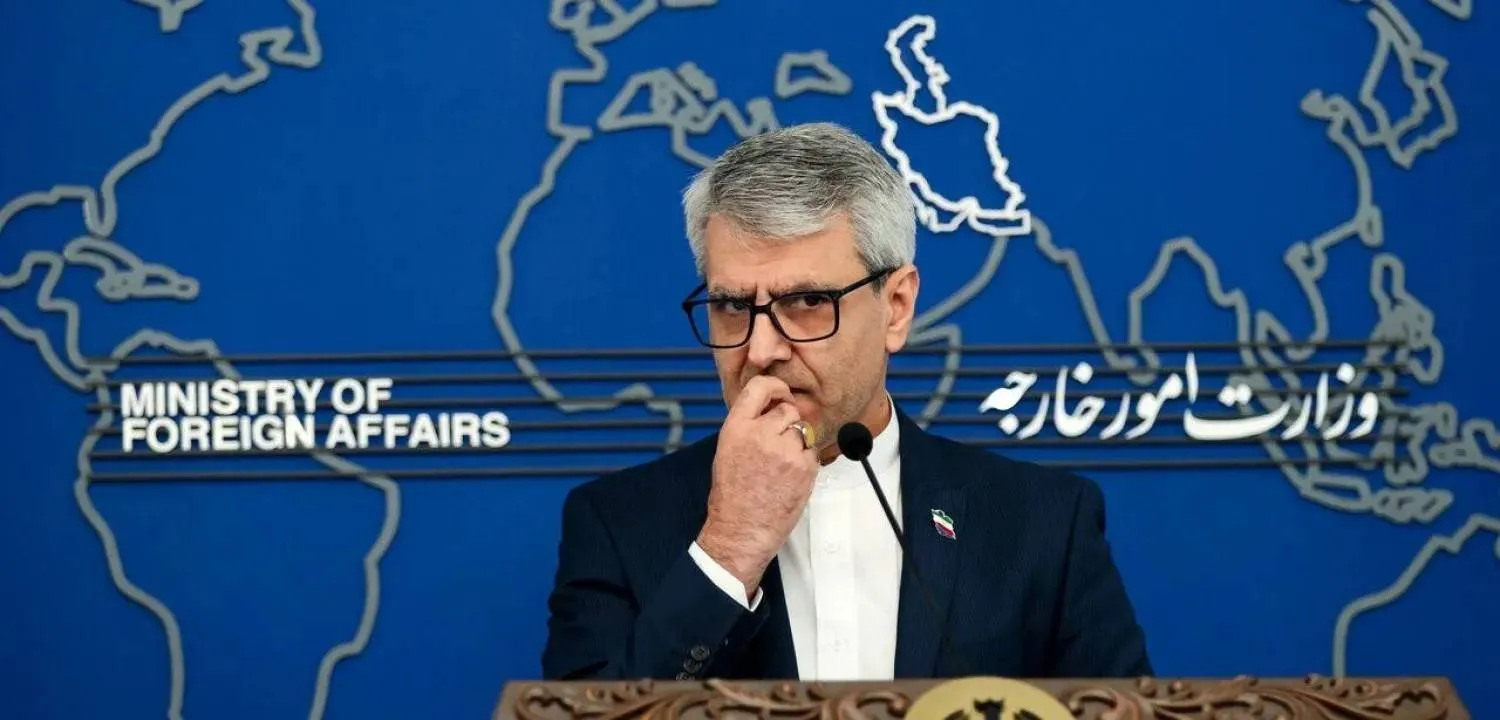Flash floods in Spain swept away cars, turned village streets into rivers, disrupted rail lines and highways and killed at least 95 people in the worst natural disaster to hit the European nation in recent memory.
Rainstorms that started Tuesday and continued Wednesday caused flooding in a wide swath of southern and eastern Spain, stretching from Malaga to Valencia. Muddy torrents tumbled vehicles down streets at high speeds, while pieces of wood swirled in the water alongside household items. Police and rescue services used helicopters to lift people from their homes and rubber boats to reach drivers stranded atop cars.
Emergency services in the eastern region of Valencia confirmed a death toll of 70 people on Wednesday. Another two casualties were reported in the neighboring Castilla La Mancha region.
“Yesterday was the worst day of my life,” Ricardo Gabaldón, the mayor of Utiel, a town in Valencia, told national broadcaster RTVE on Wednesday. He said six residents had perished and several more are unaccounted for.
“We were trapped like rats. Cars and trash containers were flowing down the streets. The water was rising to 3 meters (9.8 feet),” he said.
Spain’s government declared three days of mourning starting Thursday.
“For those who are looking for their loved ones, all of Spain feels your pain,” Prime Minister Pedro Sánchez said in a televised address.
Rescue personnel and more than 1,100 soldiers from Spain’s emergency response units were deployed to affected areas. Spain’s central government set up a crisis committee to coordinate rescue efforts.
The elderly were the most vulnerable. RTVE broadcast footage of seniors at a nursing home in chairs and wheelchairs with waters rising over their knees, and a military unit rescuing an elderly couple from the top story of their house in the bucket of a bulldozer.
Television reports showed videos shot by panicked residents showing waters flooding the ground floors of apartment buildings, streams bursting their banks and bridges giving way. People gasped as they pointed to what they feared could be bodies bobbing in the swift brown flood.
Spain’s national weather service called the rainfall “extraordinary" in parts of Valencia.
Located south of Barcelona on the Mediterranean coast, Valencia is a tourist destination known for its beaches, citrus orchards, and as the origin of paella. The region has gorges and small riverbeds that spend much of the year completely dry but quickly fill with water when it rains. Many of them pass through populated areas.
Spain has experienced similar autumn storms in recent years. Nothing, however, compared to the devastation over the last two days, which recalls floods in Germany and Belgium in 2021 in which 230 people were killed.
The death toll will likely rise with other regions yet to report victims and search efforts continuing in hard-to-reach places.
“We are facing a very difficult situation,” minister of territory policies Ángel Víctor Torres said. “The fact that we can’t give a number of the missing persons indicates the magnitude of the tragedy.”
Spain is still recovering from a severe drought and has registered record high temperatures in recent years. Scientists say increased episodes of extreme weather are likely linked to climate change. The prolonged drought makes it more difficult for the land to absorb high volumes of water.
The storms also unleashed a rare tornado and a freak hailstorm that punched holes in car windows and greenhouses.
Transport was also affected. A high-speed train with nearly 300 people on board derailed near Malaga, although rail authorities said no one was hurt. High-speed train service between Valencia city and Madrid was interrupted, and the transport ministry said it could take up to four days to restore highspeed service to the capital due to the damage done to the line.
Bus and commuter rail lines were likewise interrupted. Many flights were cancelled Tuesday night, stranding some 1,500 people overnight at Valencia's airport. Flights resumed Wednesday.
Valencian regional President Carlos Mazón urged people to stay at home, saying travel by road was difficult due to fallen trees and wrecked vehicles. Rescue efforts were hampered by downed power lines and power outages, and the regional emergency service responded to some 30,000 calls, Mazón said.
European Commission President Ursula von der Leyen told reporters in Brussels that the EU will “help coordinate the rescue teams” using its Copernicus geo-monitoring satellite system.
“Europe is ready to help,” Von der Leyen said.
As the floods receded, thick layers of mud mixed with refuse made streets unrecognizable.
“The neighborhood is destroyed, all the cars are on top of each other, it’s literally smashed up,” Christian Viena, a bar owner in the Valencian village of Barrio de la Torre, said by phone. "Everything is a total wreck, everything is ready to be thrown away. The mud is almost 30 centimeters (11 inches) deep.”
Outside, people were venturing out to see what they could salvage. Cars were piled up and the streets were filled with clumps of water-logged branches.
Some residents appealed for news of their missing loved ones via social media, television and radio broadcasts.
Leonardo Enrique told RTVE that his family searched for hours for his 40-year-old son, Leonardo Enrique Rivera, who was driving a delivery van when the rain began. His son sent a message saying his van was flooding and that he had been hit by another vehicle near Ribarroja, an industrial town that is among the worst affected, Enrique said.
Soccer games for Valencia and neighboring club Levante were postponed.









